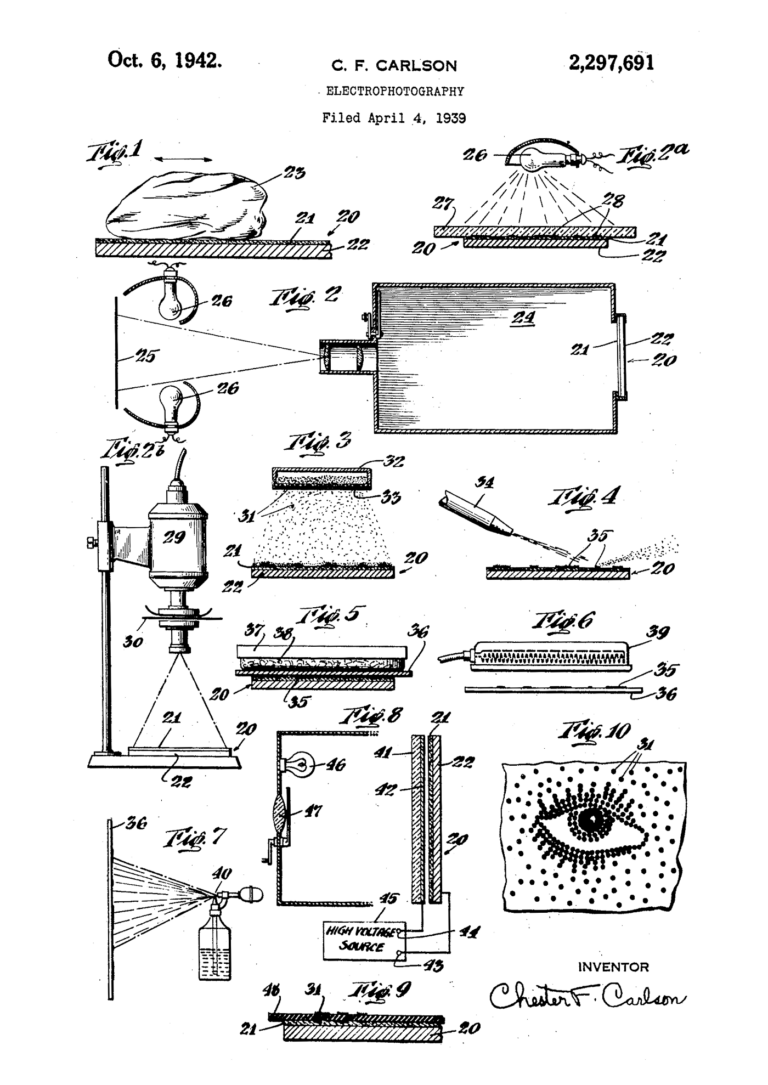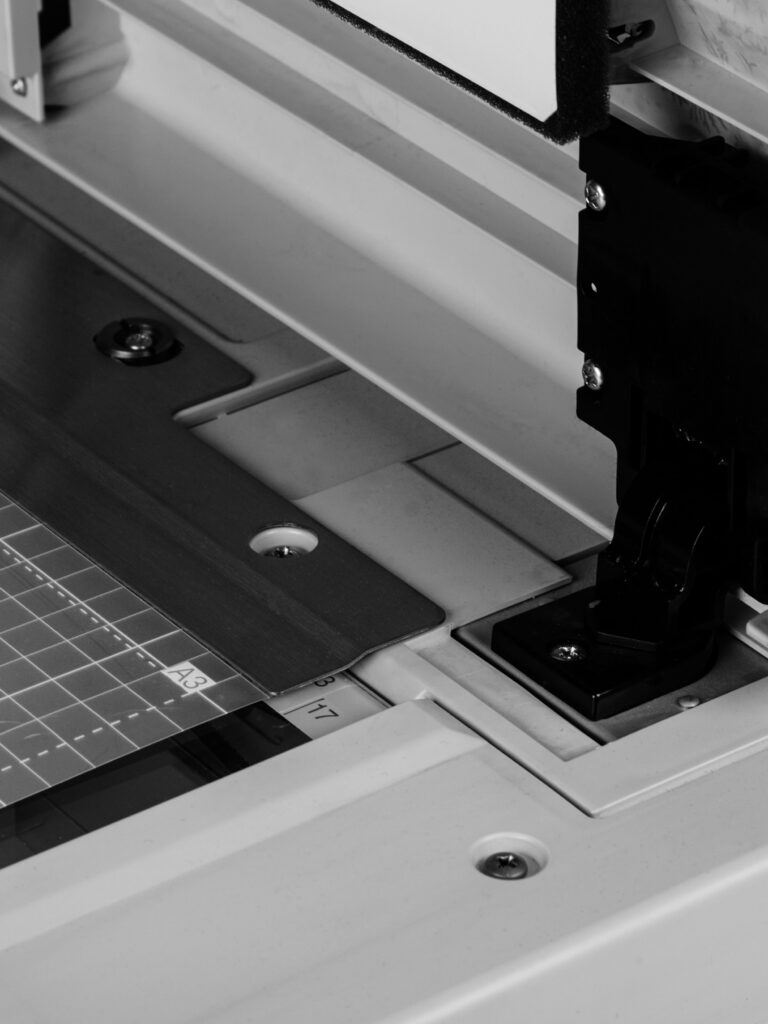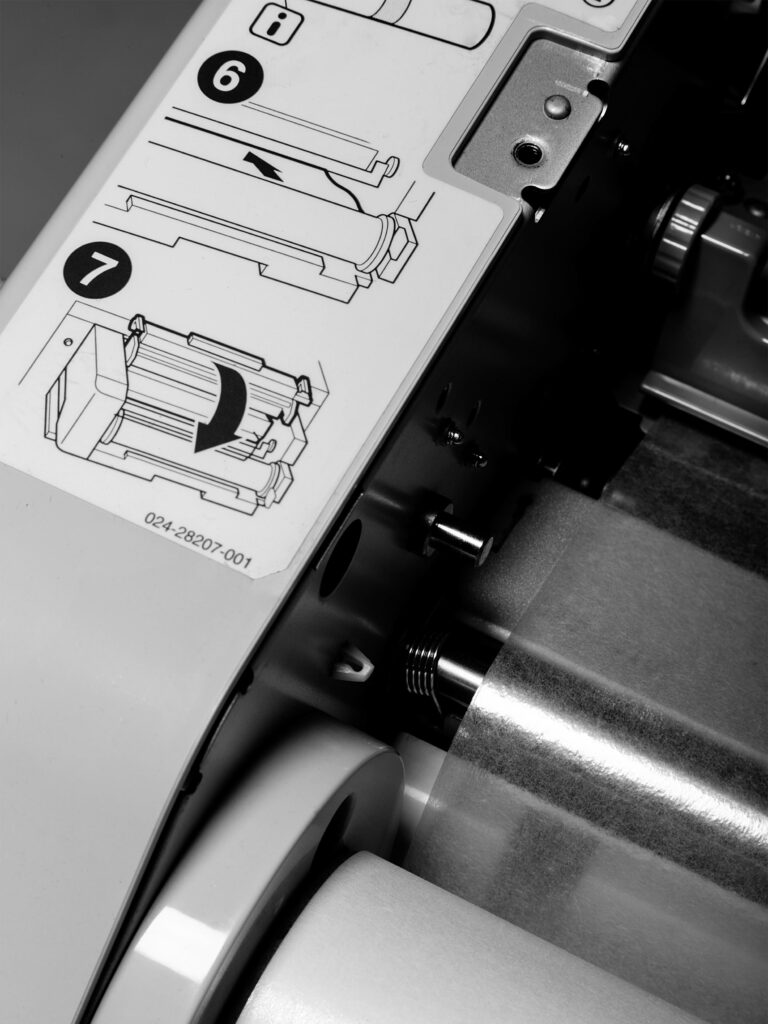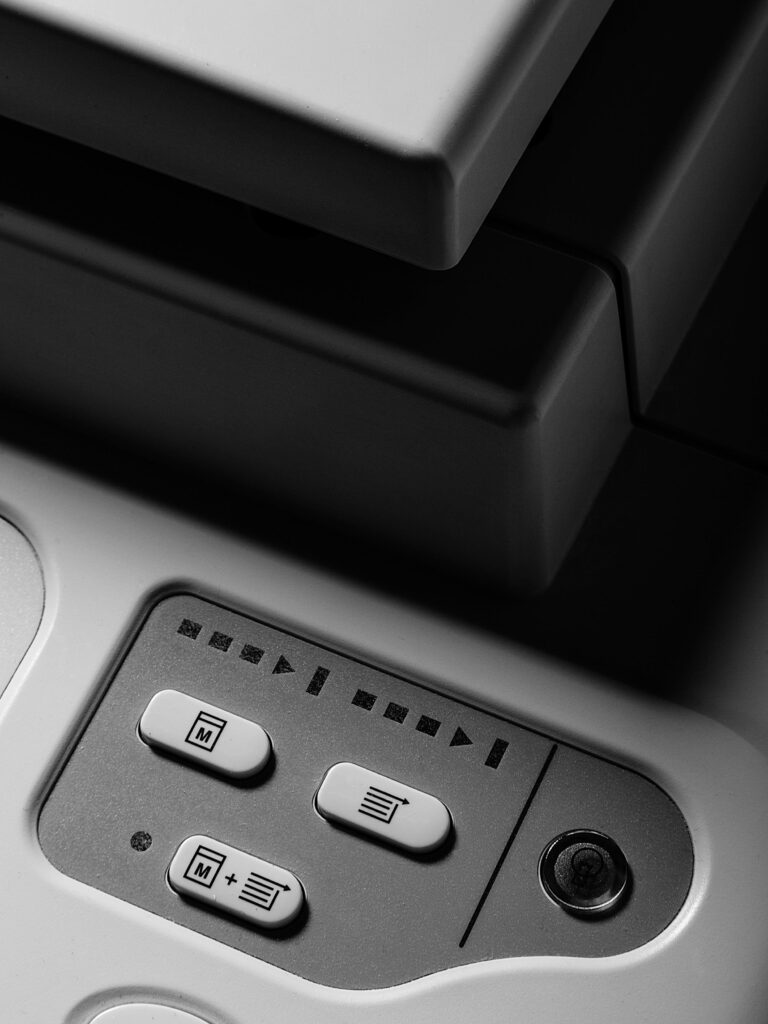F
 1
Chester F. Carlson’s patent US 2,297,691 A on the invention of electrophotography; Chester F. Carlson, US Patent 2,297,691 A, 1939, https://patents.google.com/patent/US2297691A/, last retrieved 25 September 2020.
1
Chester F. Carlson’s patent US 2,297,691 A on the invention of electrophotography; Chester F. Carlson, US Patent 2,297,691 A, 1939, https://patents.google.com/patent/US2297691A/, last retrieved 25 September 2020.
The prefix xeros (ξηρός (xerós), meaning ‘dry’), derived from ancient Greek and describes the greatest advantage of this new printing process developed by Chester Carlson: Reproducing print images using an electrostatic process in which a selenium plate inside the copier is charged, the original mirrored by an optical system and transferred to the selenium plate in the form of positively-charged particles invisible to the human eye. After applying a negatively charged developer consisting of toner dust, the print image was transferred to the paper and then thermally fixed to make it durable on the paper.
This process was patented as early as 1937, but it would take until the 1970s for it to assert itself, as the innovation was met with what he claimed was an “almost enthusiastic level of disinterest” by major corporations like IBM, General Electric, Eastman Kodak and RCA.
Until then, A. B. Dick had annual revenues of $ 300 million and more than 3,000 employees in and around Chicago.
Other than that, the print method of mimeography is hardly used today. According to the source mentioned above, the fresh prints have a slightly sweet aroma, which is also taken up in a pop-cultural reference in the movie Fast Times At Ridgemont High (1982).
While a teacher distributes a copied document, the students bury their noses in the paper and inhale the scent. As a user of the mcarterbrown Internet forum wrote: “I vividly remember when the teacher would pass out tests by walking across the front of the classroom and would hand a stack of tests to the person at the front of each row of desks.
The student at the front would take one and pass the rest over their shoulder to the person behind them. It was almost a reflex reaction to; before you even read a single word, you would bring the paper up to your face and get a big whiff of that fresh mimeograph paper ink. It is amazing how scents and smells are so indelible in our memory. I wish I could find some of that ink, which just by smelling it would take me back to my 3rd grade class Carroll Catholic School.“
 1
1
 2
2
 1
1
 2
2





